Interview Patrick Kasingsing
Images Roberto Conte of Il Conte Photography
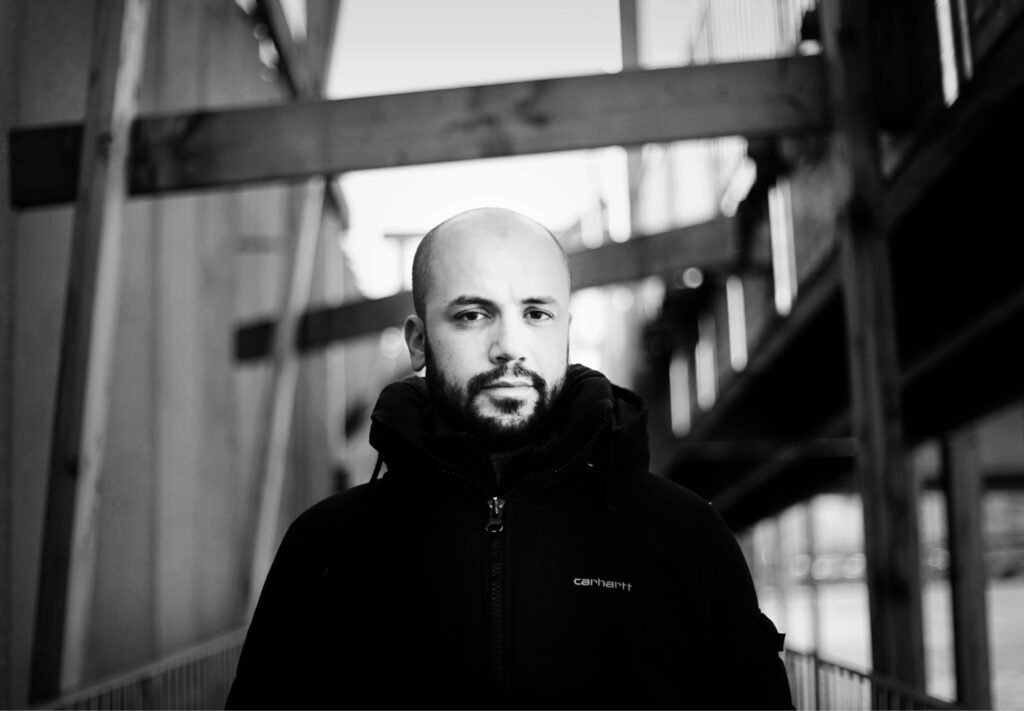

Hello, Roberto. How has the pandemic been treating you so far?
Hello, and thanks for the interview! With regards to the pandemic, besides the fact that I have thankfully remained in good health, the quarantines and lockdowns have severely impacted my activities as a photographer, given that my work and passion largely depend on the possibility of travel. It does seem like we are nearing the end of the pandemic, but we still have to wait a little bit more for things to normalize.
You probably get this question a lot but for the uninformed, how did you end up in the realm of architectural photography? Your bio says you kickstarted this career back in 2006; was this presaged by any architectural or design training?
Well, I didn’t study architecture or design, but I have always been attracted to architecture. After a master’s degree in cultural heritage in Rome, I went back to the region where I was born, Lombardy. Fueled by curiosity, I started to explore abandoned places within the area and rediscover the hidden architectural beauties of Milan. From that point onwards, my excursions grew in number and I found myself going on more architecture explorations and documenting them with my camera.
Your photography of architecture covers the whole gamut of architectural styles, but we see a penchant towards post-war architecture, notably the various strains of modernist architecture (from Le Corbu to Socialist modernism) and brutalism. What about these architectural styles draw you in?
That’s absolutely true. I appreciate the many varieties and approaches to modernist architecture through its interfaces with myriad cultures. I am also attracted to this movement because of the vital role played by pure volumes and simpler geometries in these structures. I feel that the depiction of such forms and geometries heighten the role of the photographer, as compared to shooting, for example, an art nouveau structure, or an architectural style that makes extensive use of decoration, where the copious details and embellishments can limit the photographer’s creativity. I also relish documenting hybrid styles or finding structures that defy labels.
How do you read your photography subjects? Are you the spontaneous type of photographer or more of a planner? If the latter, how much planning goes into how you capture your photography subject?
I would consider myself as 2/3 a planner and 1/3 spontaneous! I usually plan a lot, finding all the info I can gather about the subject, organizing maps of my photo trips, checking the orientation of my building subject and the position of the sun throughout the day in that specific time of the year, and so on, but of course, I also try to catch those very peculiar moments related to changing weather conditions or some unexpected contextual element. They sometimes yield the more interesting images.




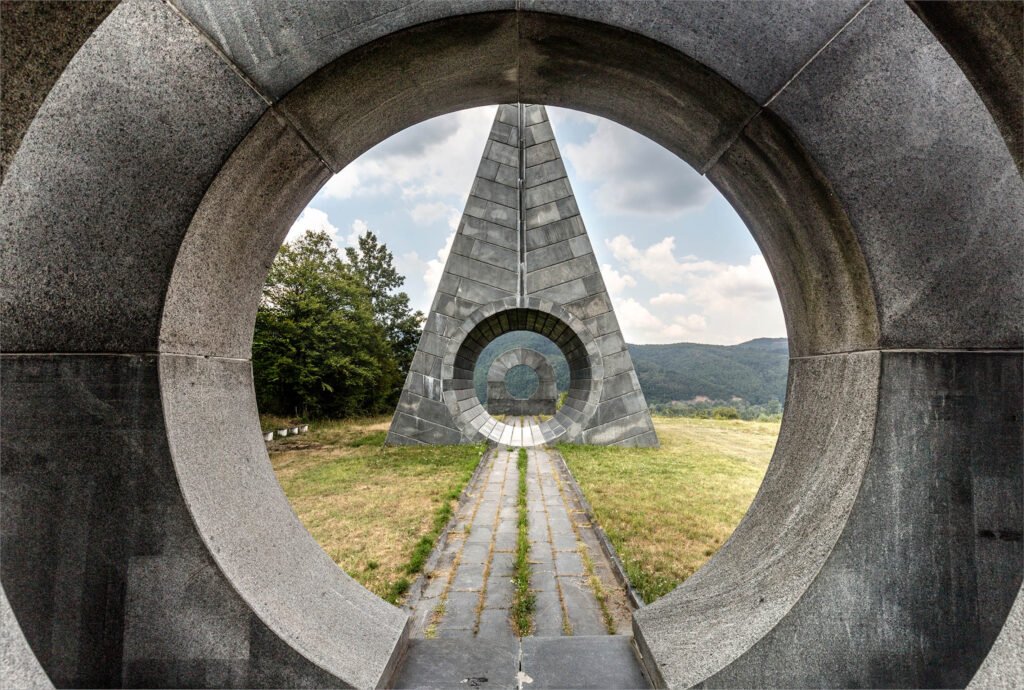

How has your perception of spaces and places changed after you pursued architectural photography? What insights about architecture did you derive from your experience having it as a subject?
I often say that if you are into photography, be it as an amateur or a pro, the world looks somehow better. The goal of visually interpreting a three-dimensional space with the limits of a two-dimensional format forces your eye and your mind to understand the places and spaces that you explore from a different perspective. Photography can also push you to want to go to places that you would have probably avoided or taken for granted. I would say that architectural photography proved to be a perfect catalyst for curiosity in my case.
What do you think should the primary consideration be in the pursuit of an architectural image: beauty or reality? To follow, how much post-processing (if at all) do you perform on your images?
Well, I take photos with a digital camera on RAW formats therefore post-processing is definitely a part of my workflow, sometimes more, sometimes less, depending on the shooting conditions. In retrospect, the act of editing sometimes helps bring life and reality to an image, given that the main file is produced by a digital sensor that is not as evolved or smart as the human eye. In other cases, editing is used to give a deeper and more personal aspect to images. But I think that your main question is valid in any case, with or without post-production. When you take photos of architecture you are always swinging between—as you say—reality or beauty, but we can also call it by what the imager’s intentions are: was the image taken solely for documentation or for eliciting emotion?
The best photographs, for me, are the ones that show and explain how a piece of architecture works while at the same time impresses and triggers reactions like surprise, interest, love, or even hate. Sometimes these ingredients are mixed up in a photograph, sometimes one of the two prevails; it really depends on the situation.
What do you think a lot of people get wrong about the field of architectural photography?
Well, in my experience, most people not directly involved in this field have the misconception that architecture photography is a boring job. It most definitely is the opposite! You get to travel and discover new places; sometimes you even get a chance to do the adventurous things you only get to read about. In my case, it has also gotten me access to absolutely amazing places which are closed off or whose public access is forbidden. It’s really not boring at all!
In your chosen field, the photographer is as much a shaper of how a structure is perceived as its architect, perhaps even more so. In what ways do you ensure that you portray your subject as realistically and contextually accurate as possible?
One of the best moments for me is when the author of a structure (whether it’s an architect, an artist, or a designer) is surprised by the point of view of a photo I’ve taken, or how their creations turn out in unexpected ways in my photographs. To be as accurate as possible I try to use only natural light and often frame the structures in the correct, technical way to avoid distortions of the architecture proportions.

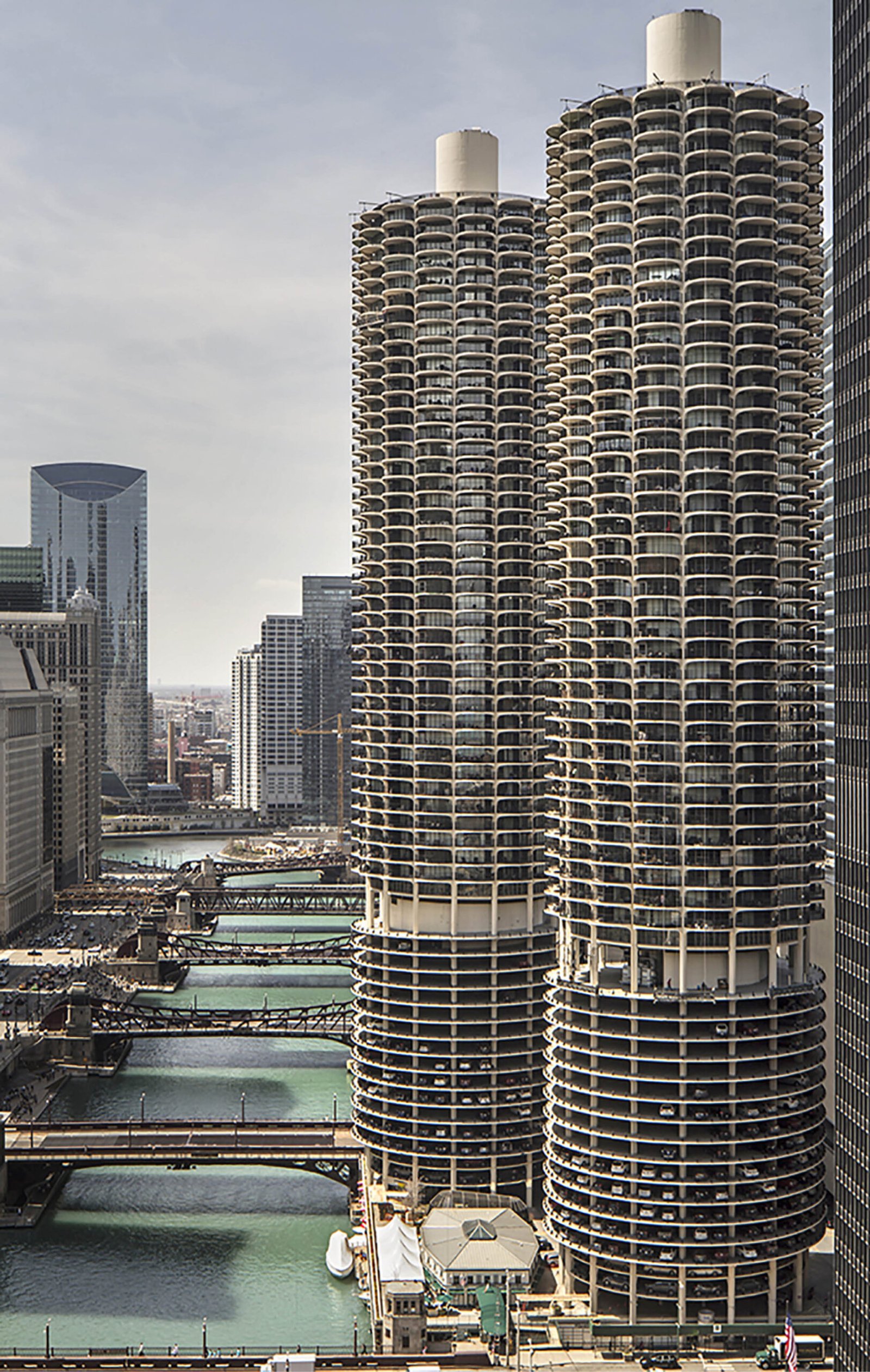
Marina City, by Bertrand Goldberg (1959-1964). Chicago, Illinois – USA. 
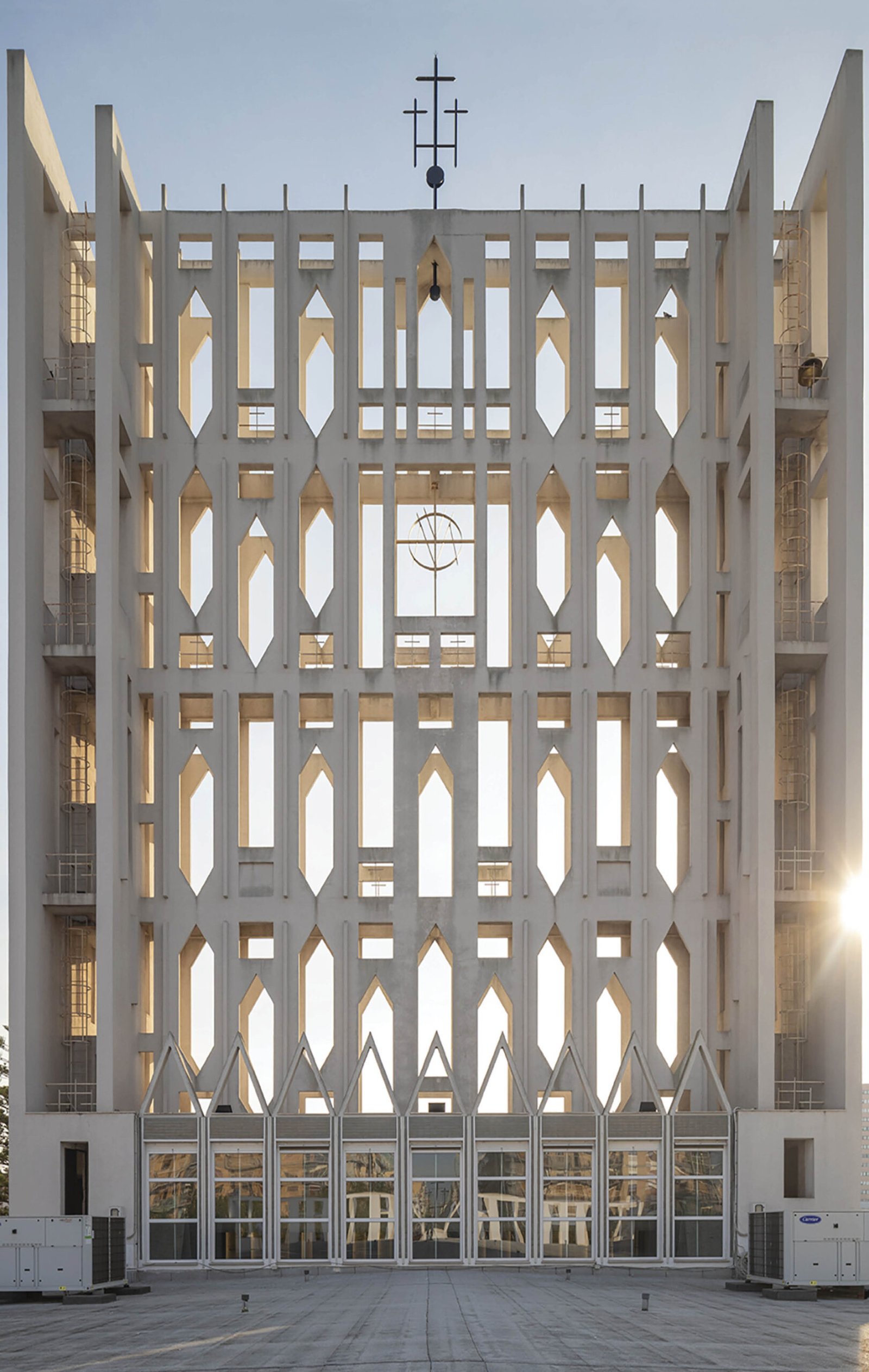
Concattedrale Gran Madre di Dio, by Gio Ponti (1967-1970). Taranto, Italy.
You are among the most followed and visible architectural photographers in the social media realm. How has the advent of social media helped you in your craft? What has it enabled that was impossible before its existence and what are its drawbacks?
First of all, I am a member of the early Flickr generation, an image-driven social network that helped me grow and develop my skills as a photographer, as well as connecting me with my peers through meetups. The social channels that came later, Facebook and Instagram, are actually less social from how Flickr used to be, but they are very good means by which to reach an unprecedented level of public attention, both in terms of quality and quantity. In many cases, I received work assignments through my social media accounts. I think they’re definitely good if used wisely; the drawbacks start once you find yourself more fixated with your follower count than putting out quality output.
What other countries or architectural landmarks do you wish to visit after the pandemic?
There are so many! I’d really like to finally visit Japan, Iran, and Ethiopia, among many others.
You and fellow Italian photographer, Stefano Perego, collaborated on a book documenting examples of Soviet modernism entitled, Soviet Asia. How was the experience like and what learnings about the interaction between architectural movements and local culture did you draw out from the experience?
We traveled across four former Soviet countries in Central Asia (Kazakhstan, Kyrgyzstan, Tajikistan, and Uzbekistan) to document the majestic, largely unknown, modernist buildings of the region. It was an amazing experience that brought us to museums, housing complexes, universities, circuses, ritual palaces, all built using a composite aesthetic influenced by modernity as well as Persian and Islamic architecture. The grey concrete slabs associated with Soviet-era architecture, are juxtaposed with colorful tiling and hypnotic patterns that characterize Eastern cultural influences, with rectilinear shapes periodically broken by ornate curved forms.
You have also taken to sharing more of your documentation of abandoned spaces in your recent posts; is there a message or an insight you wish to convey about man’s relationship with the spaces he/she/them build/s?
As mentioned previously, documenting abandoned places was the subject that really piqued my interest in photography, even if I don’t get to cover this particular subject type as much these days as compared to some years ago. As for insight…for me, it’s not about a particular or explicit message, but more a fascination; it is interesting to witness the relationships humans have with the spaces they have created, both at the mercy of something beyond their control: Time.


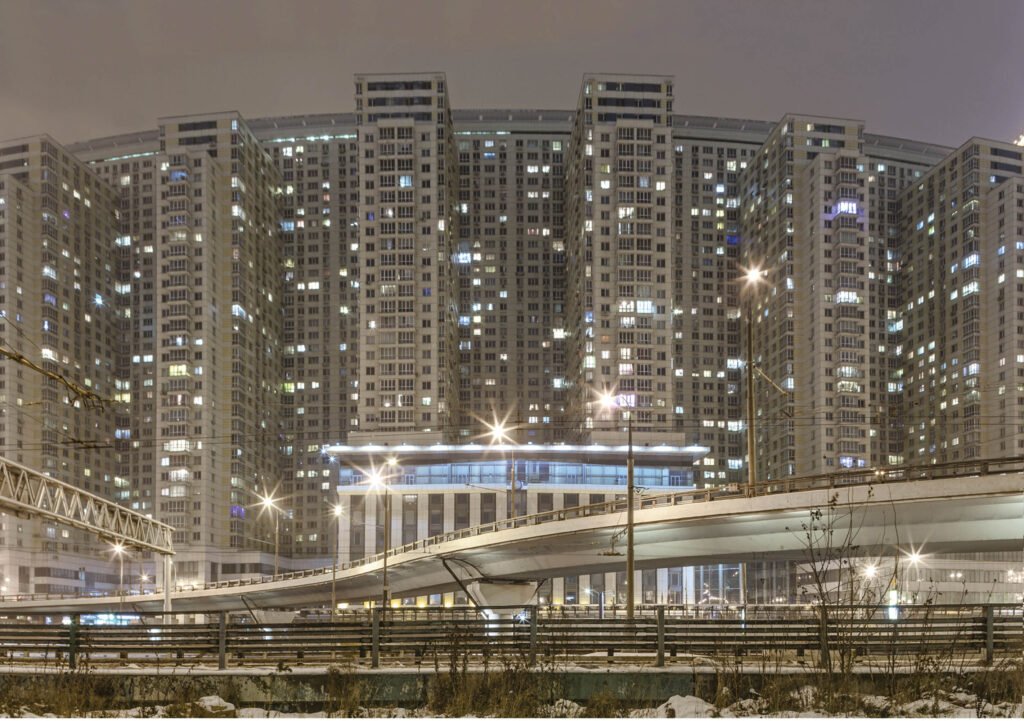

Social media platforms, particularly Instagram, have enabled the democratization of the craft of photography; suddenly anyone can be a photographer. However, this freedom has also led to the phenomena of “Instagramable architecture”; some studios and firms now design to appeal visually on Instagram, and sometimes to the detriment of function. What are your thoughts on this?
I totally agree with your point and think it’s definitely a burning topic today. Many designers can balance looks and functionality in a building, but it’s also true that we are seeing a rise in the number of buildings whose packaging’s first priority is to look cool or visually attractive, with limited to no functionality, while oftentimes hiding mundane-looking interiors.
I am not an architect, but as a lover of architecture and a photographer of the subject, one can’t help but call out these “structural lies”!
Would you say that we need more architecture photographers more than ever, especially in a world where unbridled development has led to the demise of a lot of built heritage?
More than just the quantity of architectural photographers, to break the chain of destruction and protect built heritage, we need more networks and connections forged between the different proponents who can help effect change through education and legislation. Academic researchers, law and civic associations, publications, and yes, even architecture photographers, need to band together to make this change happen. A strengthening of the bonds between those who support the historical and social value of architecture is undoubtedly desirable in this period of drastic and rapid changes.
Let’s close off the interview with this question: What for you are the qualities of a great architectural photographer?
My favorite architecture photographer, Gabriele Basilico, once said that taking an architectural image is first of all about the mind: one needs to know first what is being seen, what the story is behind it, how it relates to the existing urban fabric, and so on. Then it is about the feet because you need to walk to the space and physically explore it. Only after all that does it become about the eye, deciding the moment when the photo is to be taken, the very last step. A great architectural photographer for me faithfully adheres to this three-step process: creating images that sometimes trigger questions, sometimes give answers but are always able to show corners of the world in interesting ways. •
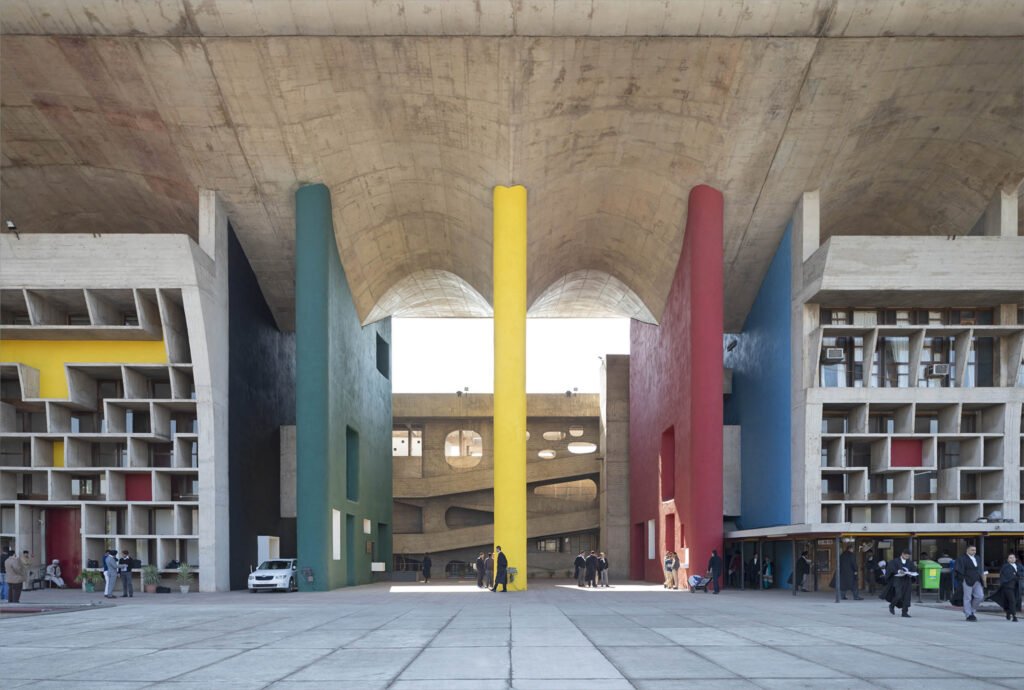

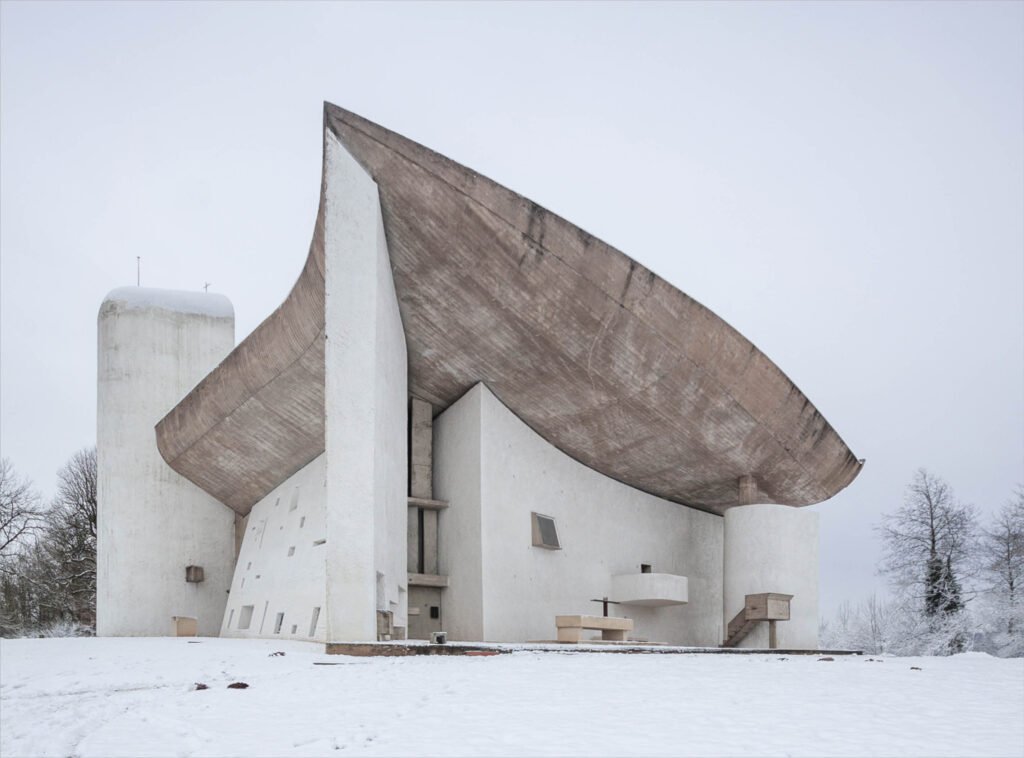

Roberto Conte’s spatial explorations at @ilcontephotography
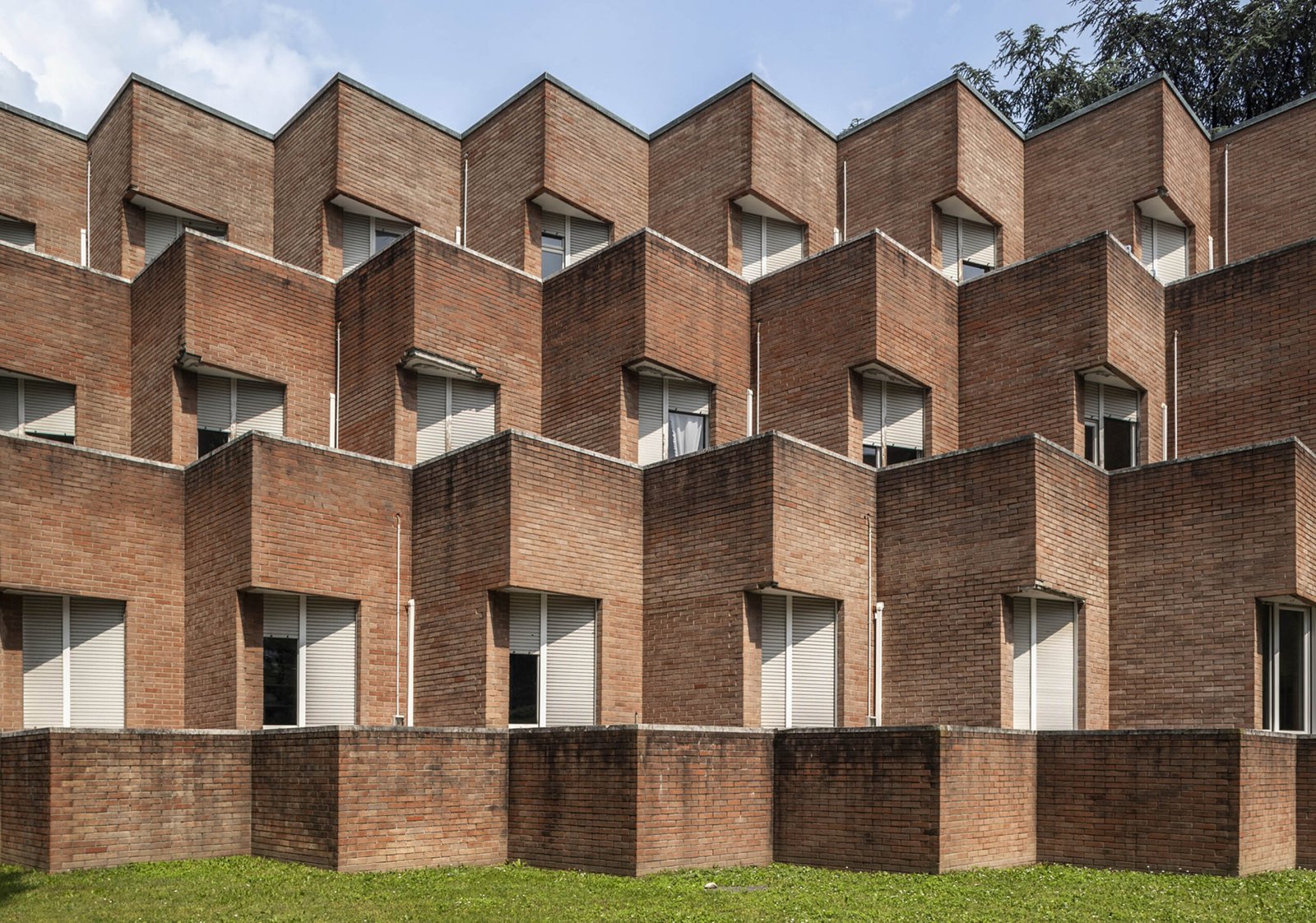

One Response